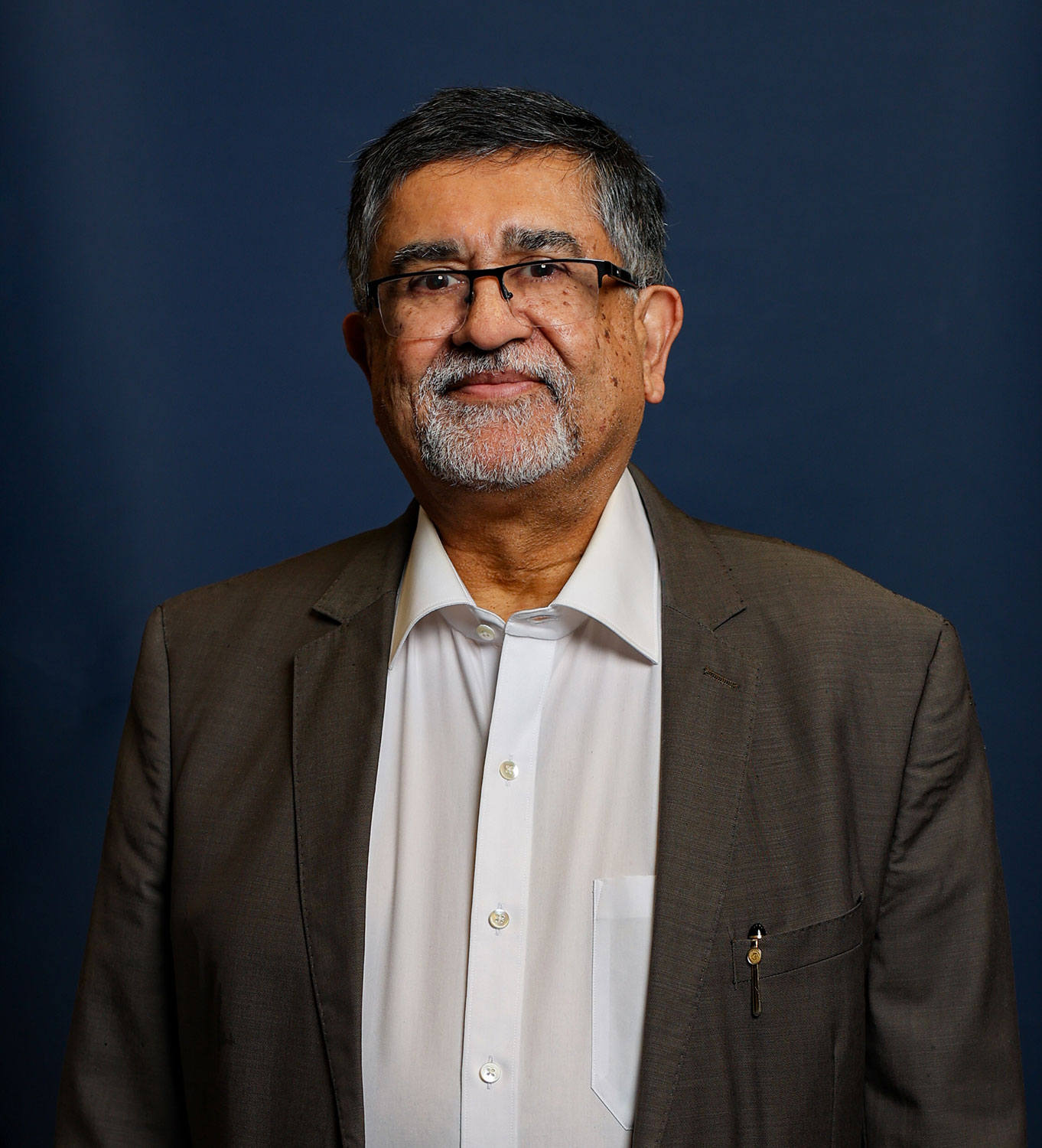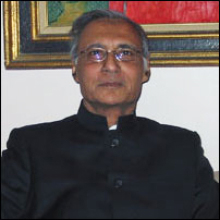(RNS) —For Ramesh Rao, a longtime communications professor, the definition of guru — “the remover of darkness” — has been an inspiration for his work.
“That’s what all teachers, I suppose, hope to do when they stand in front of a group of students and say, ‘Let me show you a little bit of the world. Let me open up this box,’” said Rao, who teaches at Georgia’s Columbus State University.
This year, for Guru Purnima — or Full Moon Day, on July 10 — Rao was one of two Indian American teachers to be named the 2025 Grateful2Gurus honorees by the Indica Academy, a nonprofit initiative to promote ancient Indian wisdom and Hindu scholarship in the present day. Arvind Sharma, a professor of comparative religion at McGill University and renowned author of several books, including “Gandhi: A Spiritual Biography,” is his co-honoree.
Avatans Kumar, a linguist by training and the president of Indica, began the G2G program in 2016 to honor those gurus who have contributed to the greater Hindu American landscape.
“We are so indebted toward our gurus, and the debt that we have from their teachings is beyond payment. So we see this as just a small gesture toward the repayment,” said Kumar.
The Hindu tradition, say Kumar and Rao, strongly emphasizes a “holy” culture of learning and teaching. Millennia-old Hindu epics such as the Mahabharata describe how sages took disciples under their wing, training them rigorously in the customs and rituals of Indian wisdom. Many Hindus revere a particular guru in their spiritual leaning, from Swami Vivekananda to Sri Sri Ravi Shankar to Sai Baba, or a lineage of teachers descending from a guru, whether in yoga practice or devotional worship.
And the whole Hindu tradition, says Rao, “is mostly based on the answering of riddles. What better teaching technique than posing riddles?”
Rao remembers his mother using Guru Purnima, which falls on an auspicious full moon, to connect with Saraswati — the Hindu goddess of knowledge — by placing his textbooks at an altar to be blessed.
“Teaching is a very demanding profession,” said Rao, who is also the head of IndiaFacts, an online outlet for articles discussing Hinduism and Indian culture. “Students can be mesmerized by you, or hate you.”
His students certainly don’t hate him. He still hears from the fourth graders and fifth graders — now parents in their 40s and 50s — he once taught in India. In those days, Rao was a restless 20-something, jumping between jobs as a bank officer, grade school teacher and copy editor — career moves in “the arts” that didn’t exactly please his civil engineer father.
“My parents thought I was going to become a monk,” Rao said.
But call it a twist of fate, or as Rao puts it, “the gods’ plans,” one of his journalist colleagues encouraged him to move to the United States to pursue a doctoral degree at the age of 29. Rao landed in Atlanta in 1985, soon moving to southern Mississippi to obtain a doctorate in communications, ultimately landing the job at Columbus, where he continues to teach classes ranging from public speaking to mass media to intercultural communication.
Rao is set to retire from his post next year. But not before being honored by Indica in an official ceremony in Chicago in September, where Rao and Sharma will be awarded plaques, and Sanskrit shlokas, or devotional verses, will be recited in their honor.
Past honorees included computer scientist Subhash Kak and author David Frawley, the latter of whom once won India’s third-highest civilian award, the Padma Bhushan.
Though Rao insists he “doesn’t belong in the winners’ circle,” Kumar says the choice was easy.
“There are scholars about Hinduism, but what they bring, professionals like Dr. Rao and Dr. Sharma, is the insider perspective,” said Kumar. “They are also the follower of the faith.”
The push to honor Hindus who are making contributions to the perception of Hindu and Indian culture in the West is purposeful, says Kumar, who seeks to recognize how the “Indian knowledge system has impacted all fields of knowledge, from architecture to medicine to linguistics, even in a lot of ways, the computer science revolution that has taken over the whole world.”
“Our tradition provides the opportunity to honor everything around us, in nature and in society,” said Kumar. “And the guru gives us all the teaching so that we can see the world, and so we can see god and nature.”
But celebrating Guru Purnima is not just about paying respect to teachers in the literal sense of the word, says Kumar.
“Anybody you learn something from is a guru,” he said. “Of course, your teachers and professors can be a guru, but your guru can be your parents, the coach can be a guru. Your uncle, aunt, anybody who gives you any information, that’s a guru.”
Nishant Limbachia, Indica’s national convener, says the special relationship between a guru and student, called the guru-shishya parampara, is something that many who moved from India, like him, may have taken for granted. Teachers in the U.S. are often more “hands off,” he says, unlike the traditional model from classical India that fosters a deep, even spiritual bond.
“I had a couple of wonderful teachers who I still remember to this day,” said Limbachia. “They were not just teachers, they were mentors. They were teaching me life skills. When I was a teenager, you know, things I could not talk to my parents about, my teachers guided me. They were very instrumental in shaping what I am today.”
Limbachia has made it a point to raise his U.S.-born children with some of the same values, including his 18-year-old daughter, who studies the Indian classical dance form of Bharatanatyam.
“She knows by firsthand experience the guru-shishya parampara,” he said. “Her teacher would scold her for not doing the right thing, just as a mother and father would shout. Then she would also pamper her, shower her with love to guide her. And she would delegate tasks to her, like ‘go teach the younger kids.’ This is how you do it. This is how you mentor others.”


